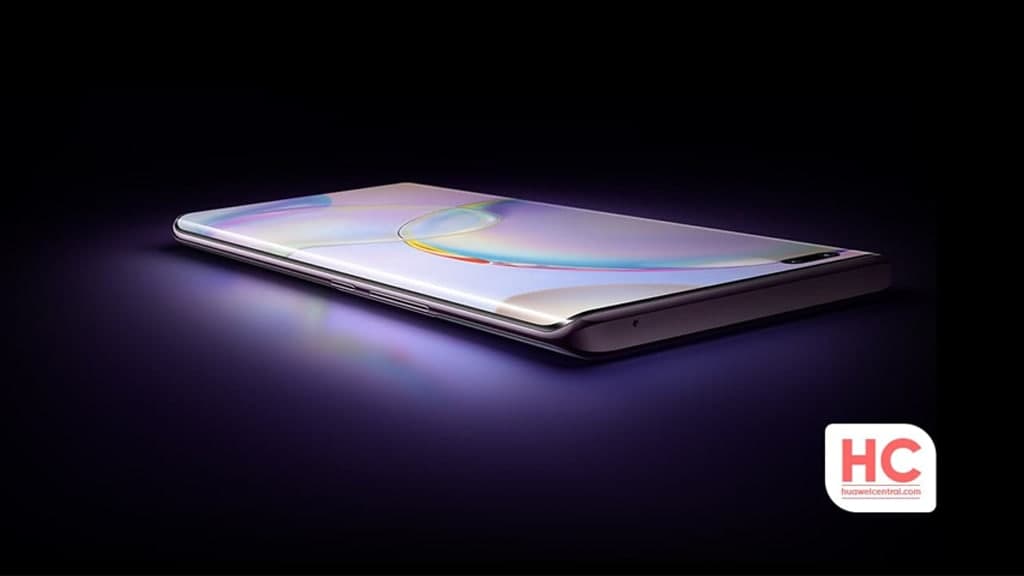Huawei
Huawei HiSilicon to mass produce OLED driver chips in first half of 2022

Huawei HiSilicon has its self-developed OLED driver chip in the trial production stage. The company will reportedly begin its mass production in the first half of next year with a production capacity of around 200,000 to 300,000 units per month.
The OLED chip will be mass-produced at 40nm in China and it will begin at the start of 2022. This mass production also confirms that the Chinese tech giant is currently performing trail production of the OLED driver ICs.
Huawei developing its own resources to reduce its dependence on the US
It was been found that there are no restrictions regarding the production of OLED driver ICs in the United States. While Huawei might have already decided not to deal with the US over anything now.
Also, some of the analysts believe that Huawei is taking over the OLED driver ICs to break the monopoly of overseas manufacturers. Further, the company wants to increase the localization of chips and ensure the security of the supply chain.

Not just Huawei, there are other Chinese companies too that are preparing to be independent and make their own OLED chips. This crucial step of self-developing the chips will break the companies dependence and will be a major advantage in production.
How driver chips are important for OLED displays?
With the growing technology, the demand for a good quality OLED display has increased over time. Many smartphones nowadays feature an OLED panel for an immersive viewing experience.
The OLED driver IC is an important part of these displays and is responsible for image quality which depends on its ability to control current. It also controls different scenarios such as interface type, pixel resolution, and other performance indicators.

Compared to the other kinds of displays such as AMOLED and LCD displays, the OLED panel provides smoother animation, takes a lower power consumption, and offers rich colors. This display is usually featured in the flagship devices and is relatively costlier than those other two.
Huawei’s competition for OLED driver chips
Huawei Hisilicon currently has the production capacity for 40nm chips, while other chip manufacturer like Samsung, TSMC, and UMC got 40nm and 28nm processes for making OLED driver ICs.
Moreover, the Chinese tech giant is not only facing chip shortage problems, but it also has to deal with the competition with the Chinese and overseas companies. However, it remains to be seen how the company delivers quality OLED driver chips and compete with the major chip manufacturers in the market.
(Via – My drivers)






